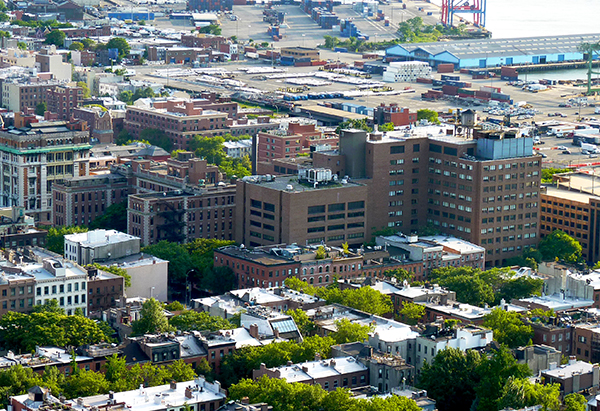Brooklyn judge finalizes sale of Long Island College Hospital
Follows years of litigation, protests

A Brooklyn judge finalized the sale of Long Island College Hospital in Brooklyn on Thursday. Photo by Mary Frost
On Thursday, a Brooklyn judge signed an order finalizing the State University of New York’s (SUNY) sale of Long Island College Hospital (LICH) to developer Fortis Property Group.
The approval, after years of litigation and community opposition, clears the way for the development of the former hospital site in Cobble Hill, Brooklyn. The site includes roughly 20 properties bounded by the Brooklyn-Queens Expressway, Atlantic Avenue, Clinton Street and Congress Street.
State Supreme Court Justice Johnny Lee Baynes signed the order conveying roughly 20 buildings to Fortis for the price of $240 million.
